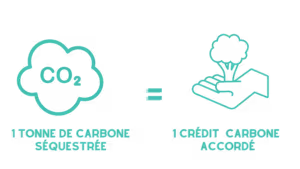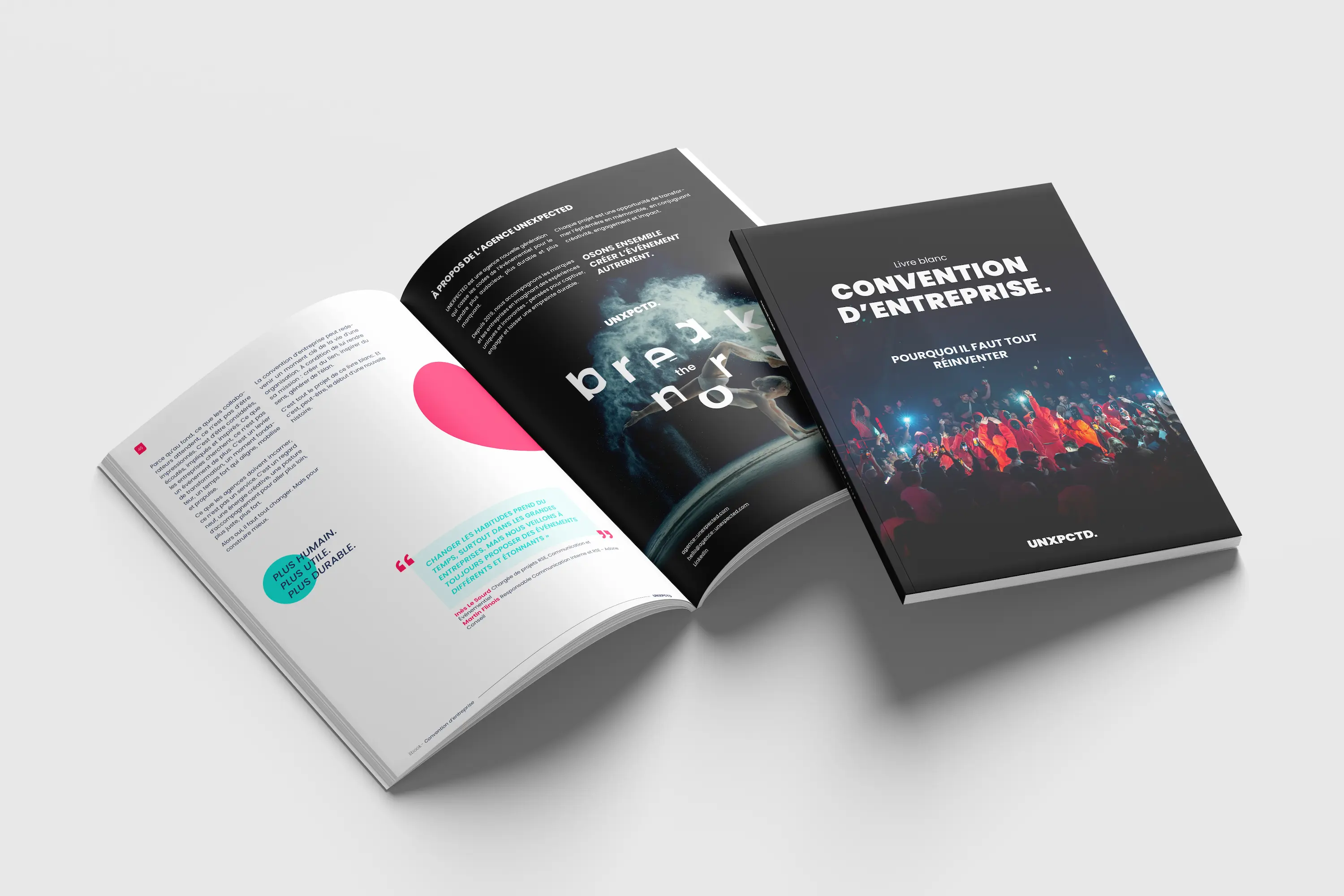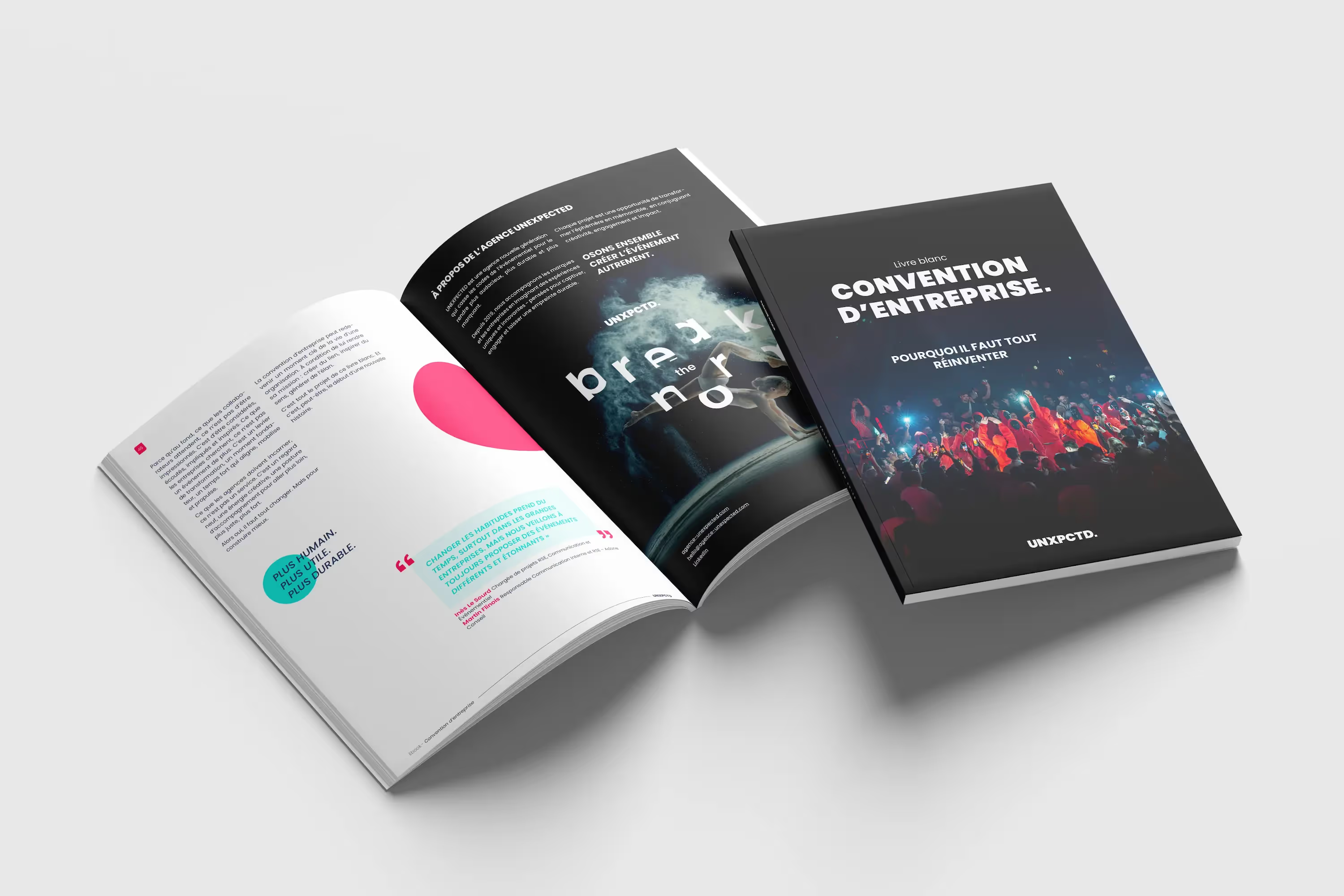Even the smallest of our actions has an impact, positive or negative, on the environment. Unsurprisingly, the event industry is a source of pollution. Taking an interest in the concept of carbon neutrality when organizing events then means recognizing and assuming its role in the fight against global warming. After a brief definition of this term, we will go through together the three main steps to produce a carbon neutral event. This process can be summed up by these three key words that should not be forgotten: reduce, measure, compensate.
What is carbon neutrality?
We talk about carbon neutrality when, in a given situation, the greenhouse gas (GHG) emissions emitted are non-existent or well offset through ecological actions. These initiatives involve investing in projects that have a positive impact on the climate and the environment. In other words, the objective of carbon neutrality is to reach a point where our activities generate zero carbon impact, thus helping to contain the progression of climate change and to preserve the planet for future generations. Such an aspiration requires considerable effort, but it is essential for creating a more sustainable future.
How do you manage to organize a carbon neutral event?
1. Minimize the impact of the event
The first good reflex to adopt when you want to successfully organize a carbon neutral event comes down to a single verb: reduce. Because while offsetting your emissions is an honorable approach, reducing them is a wise decision that deserves to be applauded. On the contrary, compensating without reducing would be tantamount to entering into a counterproductive logic.
The best CO2 is not the one you compensate for, but the one you don't emit!
We will not go into detail on this stage because we have already devoted two articles to it. The first gave you 30 concrete ideas for an eco-responsible event. The second showed you behind the scenes of sustainable events, such as the We Love Green festival or the Produrable fair, in order to share with you 100 eco-friendly practices to copy. However, here is a small overview of what you will find there:
- Rent your equipment instead of buying it;
- Offer SNCF discount vouchers;
- Print your communication on seeded paper;
- Set up a barter space (books, clothes, etc.);
- Use compostable packaging;
- Offer digital gifts (show tickets, race registration, etc.);
- Hire a responsible caterer with a vegetarian offer;
- Reserve a place that has received an environmental label;
- Collect food leftovers to revalue them (thanks to Linkee, for example);
- Upcycle the scenography.
2. Realize the carbon footprint of the event
The only way to know how much GHG emissions need to be offset is to Measure by carrying out the carbon footprint of the event. This is possible thanks to the calculator of Greenly, that of Myclimate or even that of GoodPlanet. They all work in a similar way. You will need to fill in a certain amount of information concerning your event (energy, travel, catering, accommodation, materials and services...). The more specific you are in your answers, the more accurate your GHG report will be too! Thus, you will have concrete figures allowing you to take action.
Greenly calculator overview
Below is the carbon footprint of the We Love Green festival that we already gave you in a previous article. As you can see, the main sources of GHGs are generally due to displacements, in particular that of your guests and your service providers. So there is a lot of work to be done on this side! That's good, we also have an article explaining How to measure and reduce the carbon footprint (transport) of your event.
Carbon balance We Love Green 2022
3. Offsetting your CO2 emissions
Even the most thoughtful organizer will not be able to organize an event that does not generate any CO2 emissions. There will always be irreducible emissions, and that's where the concept of carbon credit.
What is a carbon credit?
Carbon credits were created by the Protocol to the United Nations Framework Convention on Climate Change of December 11, 1997 - said Kyoto protocol.
When they meet certain conditions, ecological projects to reduce or sequester GHGs can receive carbon credits. A carbon credit is a unit that represents 1 ton of CO2 that a company or individual has theoretically eliminated or prevented it from reaching the atmosphere, in order to compensate for the impact of its activity on the environment. These compensations are generally linked to forest conservation projects Or to clean energy projects.
If our definition of carbon credit is still not very clear to you, we recommend that you watch this 3-minute explanatory video.
What is a carbon credit? Team for the Planet
“Thus, carbon offsetting is a complementary tool to a climate change mitigation strategy and to a drastic reduction in our emissions. But it alone does not make it possible to achieve carbon neutrality.”
How does carbon credit work?
Projects are first verified by independent organizations to ensure that they actually reduce predicted emissions. Once verified, these projects receive credits carbon based on the quantity of emissions that they avoided. The criteria for the validity of projects concern:
- Additionality (the project could not have been implemented without financing the sale of carbon credits.)
- Measurability (possibility of calculating the quantity of CO2 avoided or sequestered on the basis of a recognized methodology);
- Verifiability (the actual sequestration sold must be verifiable and accounted for every year);
- Permanence (carbon sequestration must take place over a period of at least 7 years).
The carbon credits generated can then be purchased by others businesses, organizations, or individuals. Carbon credits are traded on what is called The carbon market. This allows buyers and sellers to negotiate loans based on supply and demand. Carbon credit prices vary depending on the credibility of the projects, current regulations and environmental trends.
How do I get carbon credits?
The purchase of carbon credits can be made directly from the project leaders concerned or through intermediary companies. Here are some players in the carbon credit market:
In any case, always remember to check that carbon credits are labelled to avoid running into companies that are keen on greenwashing... It is indeed important to understand the real impact of projects and to ensure that the credits you buy actually contribute to the reduction of greenhouse gas emissions. The most frequent European labels are Gold Standard (GS) and Verified Carbon Standard (VCS), but there are others.
Carbon neutrality is not utopia or idealism. It is a tangible goal, achievable through calculated actions and a genuine commitment to sustainability. Know that The UNEXPECTED agency offers its customers an estimate of the CO2 emissions of their events and the purchase of carbon credits to offset them 100%. Do not hesitate to contact us to find out more, we will be proud to support you in organizing a carbon neutral event!















































.png)


